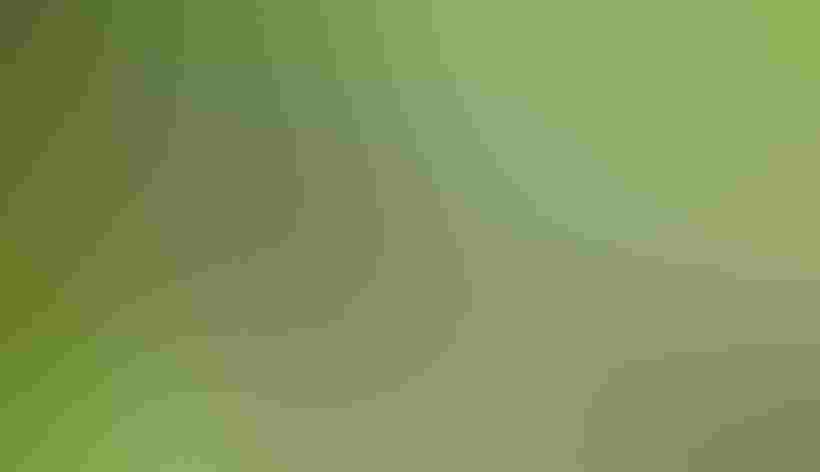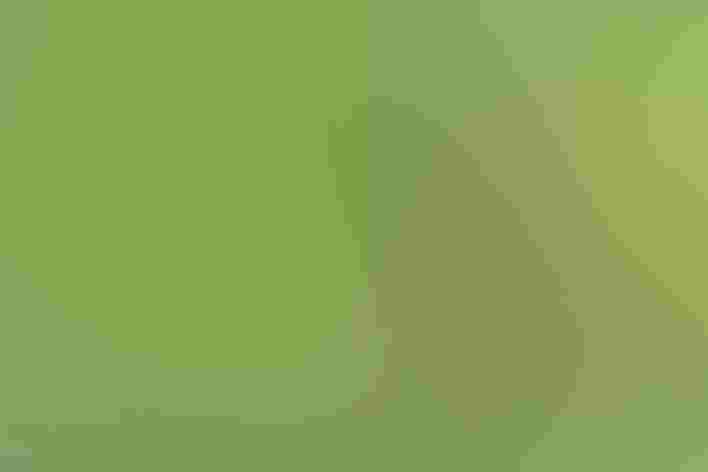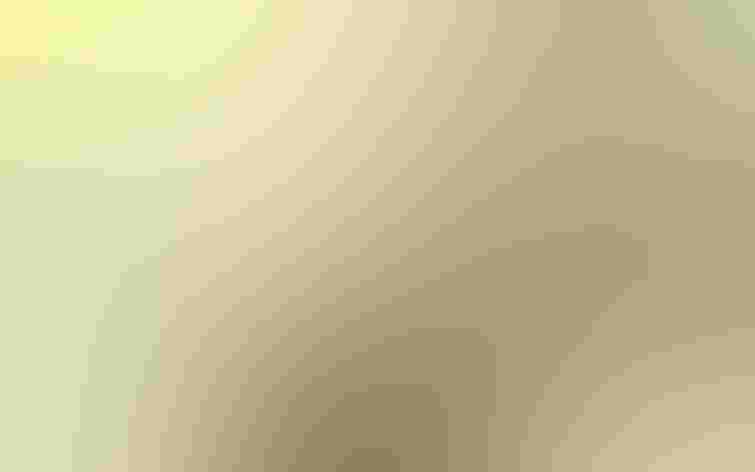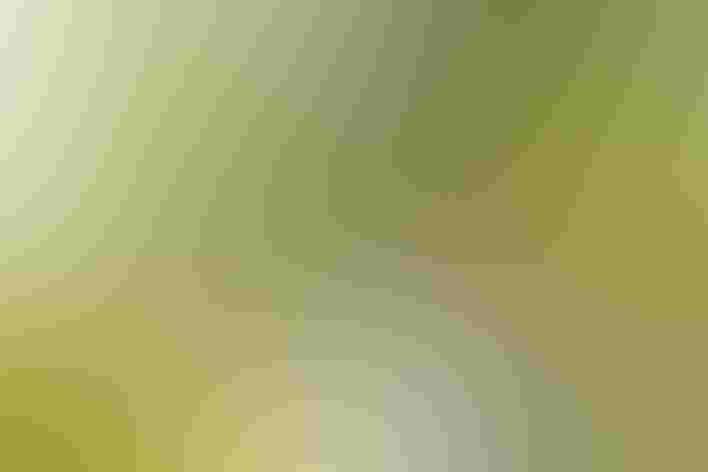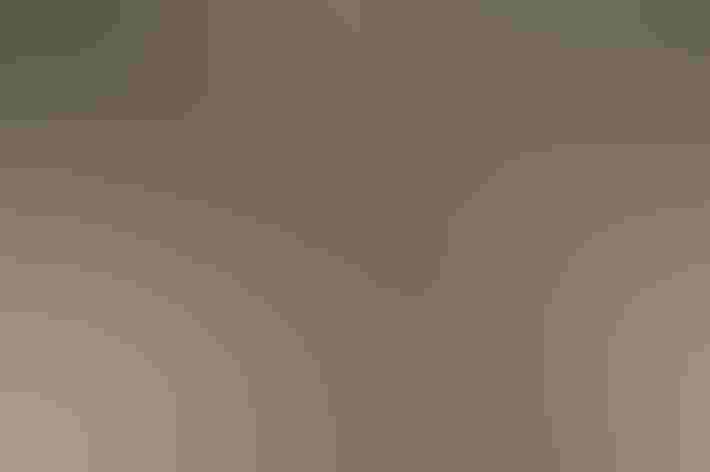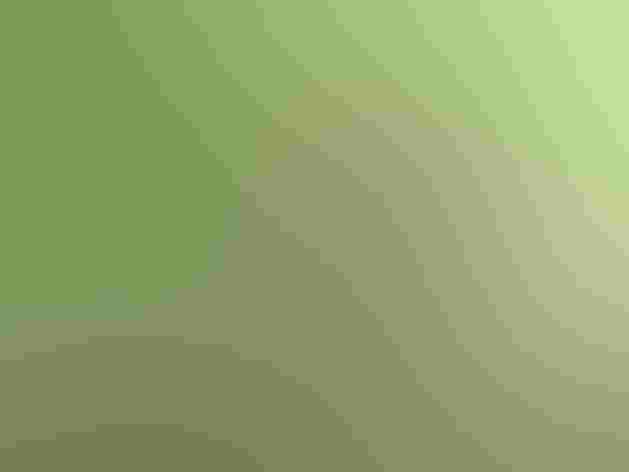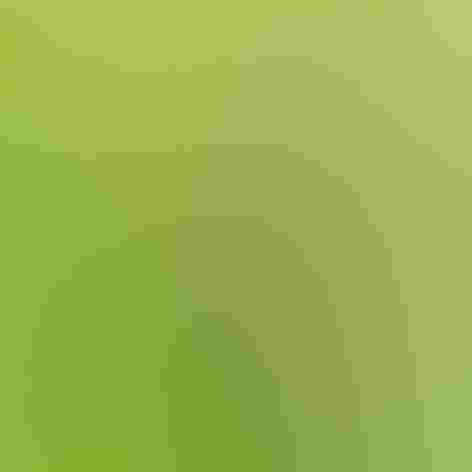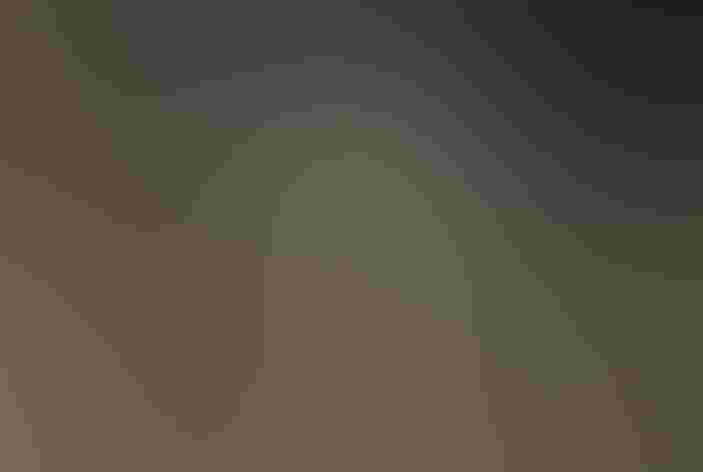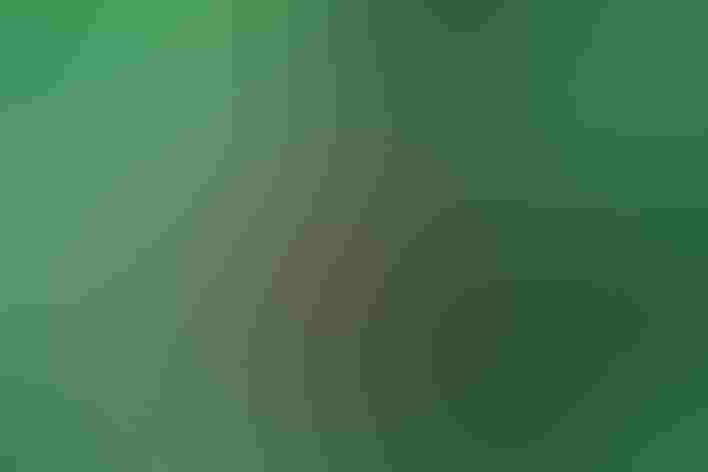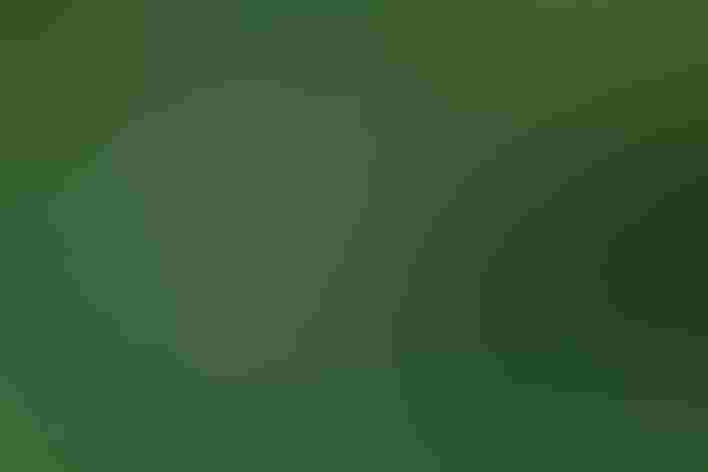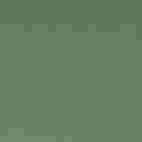Swainson’s Thrush
At a Glance
During the peak of migration, Swainson's Thrushes are often very common in woodlots and parks, lurking in the thickets, slipping into fruiting trees to pluck berries. Although they tend to stay out of sight, the patient birder eventually can see them well enough to discern the bold buffy eye-rings that give these birds their alert or startled look. Like the other brown thrushes, Swainson's migrate mostly at night, and their distinctive callnotes can be heard from overhead on clear nights during spring and fall.
All bird guide text and rangemaps adapted from by Kenn Kaufman© 1996, used by permission of Houghton Mifflin Harcourt Publishing Company. All rights reserved.
Category
Perching Birds, Thrushes
IUCN Status
Least Concern
Habitat
Forests and Woodlands, High Mountains, Shrublands, Savannas, and Thickets, Tundra and Boreal Habitats
Region
Alaska and The North, California, Eastern Canada, Florida, Great Lakes, Mid Atlantic, New England, Northwest, Plains, Rocky Mountains, Southeast, Southwest, Texas, Western Canada
Behavior
Direct Flight, Flitter
Population
120.000.000
Range & Identification
Migration & Range Maps
Spring migration relatively late and spread over a long period, some northbound birds still passing through southern states at beginning of June.
Description
6 1/2 -7 3/4" (17-20 cm). Usually shows bold buff eye-ring, buff at sides of chest. Back usually olive-brown (a bit redder along Pacific Coast). Winters in tropics; similar birds seen in winter are probably Hermit Thrushes.
Size
About the size of a Robin, About the size of a Sparrow
Color
Black, Brown, Tan, White
Wing Shape
Pointed
Tail Shape
Notched, Rounded, Square-tipped
Songs and Calls
Song a series of reedy spiraling notes inflected upward.
Call Pattern
Rising, Undulating
Call Type
Chirp/Chip, Flute, Hi, Whistle
Habitat
Spruce forests and dense streamside woods; in migration, other woods. Breeds in far north and in mountains in coniferous forest with extensive leafy undergrowth; on Pacific Coast, also breeds in deciduous trees and thickets growing along streams. Occurs in many kinds of woodlands in migration. Winters in tropical forest.
Sign up for ³Ô¹ÏºÚÁÏ's newsletter to learn more about birds like the Swainson's Thrush
Behavior
Eggs
3-4, rarely 5. Pale blue, with brown spots sometimes concentrated at larger end; sometimes almost unmarked. Incubation is by female, about 12-14 days.
Young
Both parents feed the nestlings. Young leave the nest about 10-13 days after hatching.
Feeding Behavior
Does much feeding on ground, but not as much as the other brown thrushes. Also forages in trees, and may hover momentarily to take insects from foliage or may catch them in mid-air.
Diet
Mostly insects and berries. In North America, feeds on a variety of insects including beetles, ants, caterpillars, crickets, wasps, flies, moths, and others, also spiders and other invertebrates. Berries and fruits amount to over one-third of summer diet. Winter diet in tropics not well known, but often found in fruiting trees there.
Nesting
Male arrives on breeding grounds and establishes territory, defending it by singing. In aggressive display during encounters with intruders on territory, he sleeks down his feathers and points bill up. Nest: Usually placed on a horizontal branch, 2-10' above the ground, sometimes lower or much higher (rarely up to 30'). Often nests in conifers in the east and north, deciduous trees or shrubs in the west. Nest (built by female alone) is a bulky open cup of twigs, bark strips, moss, grass, leaves, sometimes with some mud added. Lined with bark fibers, lichens, animal hair, other soft materials.
Conservation
Conservation Status
Has declined as a breeding bird along parts of the Pacific Coast and elsewhere. Overall populations probably stable. Could be vulnerable to loss of habitat on breeding grounds.
Climate Threats Facing the Swainson's Thrush
Choose a temperature scenario below to see which threats will affect this species as warming increases. The same climate change-driven threats that put birds at risk will affect other wildlife and people, too.

